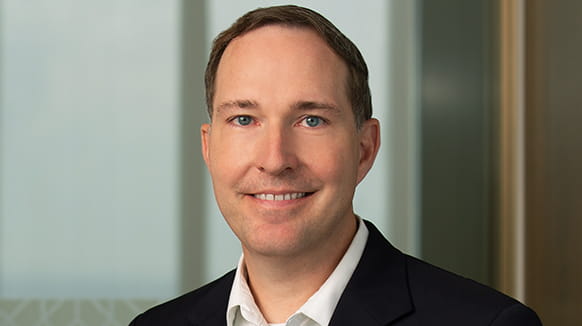Haynes Boone released its fall 2023 Borrowing Base Redeterminations Survey, which showed an increased interest in financing new development oil and gas wells but a tight reserve-based lending (RBL) market. Respondents also don’t expect meaningful borrowing base increases this determination season, despite favorable oil and natural gas prices.
An RBL financing is structured as a revolving loan with credit availability based on the value of an upstream producer’s oil and gas reserves.
Haynes Boone conducted the survey following a third quarter run-up in commodity prices driven by strong global demand for oil and natural gas and conflict in the Middle East. This is the firm’s 18th semi-annual borrowing base redeterminations survey since 2015 and includes input from more than 100 executives at oil and gas producers, financial institutions, private equity firms and professional services firms.
The key findings include an expected meaningful decrease in using commercial bank RBL capital as a financing source next year. Instead, industry executives expect to use equity and debt from capital markets more in 2024 than in prior years. From spring to fall of this year, expectations of use of debt capital markets increased from 5% to 8% and equity capital markets tripled from 2% to 6%.
Despite a tepid RBL market, there is a change in interest from RBL lenders to finance new drilling programs. 49% of respondents said RBL lenders were “slightly interested” in funding new drilling and 7% said lenders were “very interested” with 25% believing lenders were neutral.
“Volatility continues to be a common word in any oil and gas industry call, and there’s no sign of that fading soon,” Partner Kraig Grahmann, head of Haynes Boone’s Energy Transactions Practice Group, said. “Our most interesting finding may be that despite lingering RBL market pessimism, participants in the RBL financing market are showing new interest in funding drilling and completion programs, which is a change from prior years where lenders closely scrutinized developmental capital expenditures.”
Despite recent increases in oil and natural gas prices, about 35% of survey respondents expect only a 10% increase in borrowing bases this fall and just over 40% expect no change at all.
Another element unlikely to change is the increased hedging percentages that first popped up in the spring of this year. About a third of survey participants expect borrowers to hedge 50% of future production for the next 12 months, and around a quarter of respondents expect a 60% hedge of production.
Haynes Boone’s Energy Practice Group manages high-stakes transactions and litigation as well as financings, restructurings and regulatory advice for a diverse array of clients in the U.S. and overseas. Lawyers in the group closely follow industry developments and regularly prepare useful reports for industry participants including borrowers, lenders, private equity firms, investment funds, and others. The reports can be found here.
An RBL financing is structured as a revolving loan with credit availability based on the value of an upstream producer’s oil and gas reserves.
Haynes Boone conducted the survey following a third quarter run-up in commodity prices driven by strong global demand for oil and natural gas and conflict in the Middle East. This is the firm’s 18th semi-annual borrowing base redeterminations survey since 2015 and includes input from more than 100 executives at oil and gas producers, financial institutions, private equity firms and professional services firms.
The key findings include an expected meaningful decrease in using commercial bank RBL capital as a financing source next year. Instead, industry executives expect to use equity and debt from capital markets more in 2024 than in prior years. From spring to fall of this year, expectations of use of debt capital markets increased from 5% to 8% and equity capital markets tripled from 2% to 6%.
Despite a tepid RBL market, there is a change in interest from RBL lenders to finance new drilling programs. 49% of respondents said RBL lenders were “slightly interested” in funding new drilling and 7% said lenders were “very interested” with 25% believing lenders were neutral.
“Volatility continues to be a common word in any oil and gas industry call, and there’s no sign of that fading soon,” Partner Kraig Grahmann, head of Haynes Boone’s Energy Transactions Practice Group, said. “Our most interesting finding may be that despite lingering RBL market pessimism, participants in the RBL financing market are showing new interest in funding drilling and completion programs, which is a change from prior years where lenders closely scrutinized developmental capital expenditures.”
Despite recent increases in oil and natural gas prices, about 35% of survey respondents expect only a 10% increase in borrowing bases this fall and just over 40% expect no change at all.
Another element unlikely to change is the increased hedging percentages that first popped up in the spring of this year. About a third of survey participants expect borrowers to hedge 50% of future production for the next 12 months, and around a quarter of respondents expect a 60% hedge of production.
Haynes Boone’s Energy Practice Group manages high-stakes transactions and litigation as well as financings, restructurings and regulatory advice for a diverse array of clients in the U.S. and overseas. Lawyers in the group closely follow industry developments and regularly prepare useful reports for industry participants including borrowers, lenders, private equity firms, investment funds, and others. The reports can be found here.
